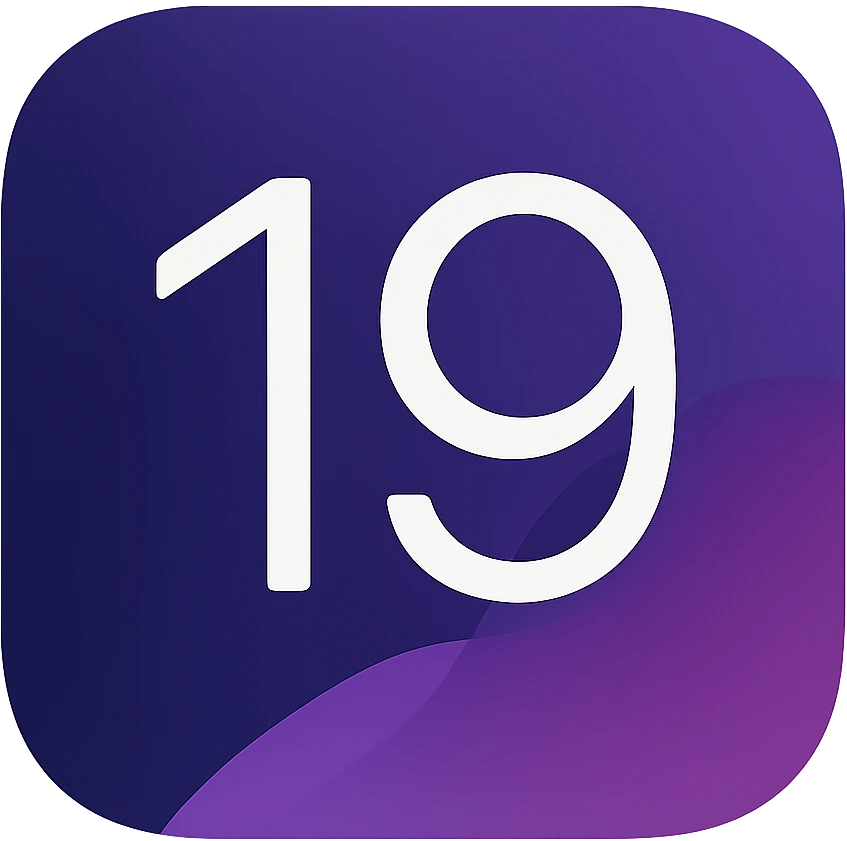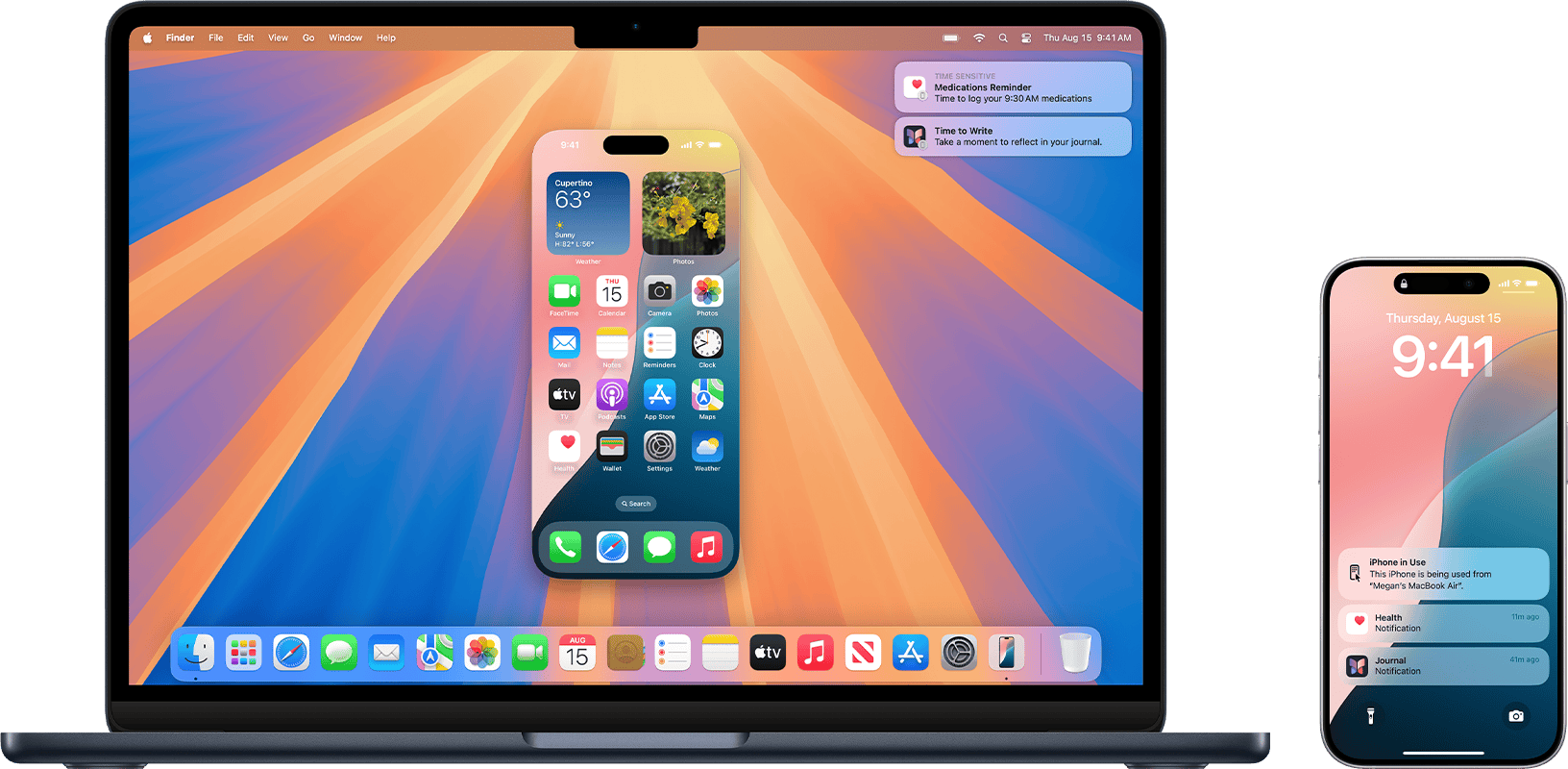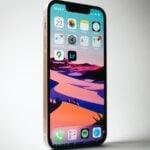In a major shake-up to its software strategy, Apple is abandoning its traditional numerical versioning for operating systems in favor of a more intuitive, year-based naming convention. Starting with the next round of OS updates in fall 2025, we’ll no longer see iOS 19 or macOS 15—instead, users will receive iOS 26, macOS 26, watchOS 26, and so on.
This change aligns each operating system version with the calendar year it represents, signaling a fresh and unified direction across Apple’s ecosystem.

Apple Is Ditching Numbers: iOS 26, macOS 26, and a Whole New Naming Era Begins
Why Is Apple Making This Change?
The current numbering system has long caused confusion, largely because the various Apple platforms were introduced at different times. iOS is on version 18, macOS is at 15, and watchOS is at 10. The misalignment not only makes it harder to keep track of which OS is current, but it also fragments the branding and messaging for users and developers alike.
By switching to a year-based format, Apple simplifies the experience. It becomes immediately obvious that “26” means the OS you’ll be using throughout 2026. This mirrors conventions in other industries—automotive being the most prominent—where a model year is often used to name a product cycle.
All Apple Platforms Are Affected
This isn’t just an iPhone or Mac change—it’s a sweeping shift across all major Apple platforms:
- iOS 26 (iPhone)
- iPadOS 26
- macOS 26
- watchOS 26
- tvOS 26
- visionOS 26 (Apple Vision Pro)
Each of these will launch under the new naming system in fall 2025, marking the start of a synchronized versioning strategy that will continue in future years with iOS 27 in 2026, and so on.
WWDC 2025: The Official Reveal
Apple is expected to formally announce this change during its Worldwide Developers Conference (WWDC) on June 9, 2025. The move comes alongside major software updates that are rumored to include design overhauls inspired by visionOS, the operating system that powers the Apple Vision Pro headset.
This influence will reportedly bring:
- More dynamic interfaces
- Floating navigation bars
- Enhanced haptic feedback
- A redesigned icon system
It’s a move toward a more futuristic and visually cohesive experience across devices, hinting at Apple’s broader push to unify software under one elegant vision.
How It Benefits Users
Beyond branding simplicity, this shift could help users more easily identify whether they’re on the latest OS—especially useful for support, compatibility, and feature set awareness. It also gives Apple a better framework to highlight annual updates, reinforcing the idea of a “new OS every year” in a manner that feels fresh and forward-looking.
A Nod to the Future
Apple has long been known for bold changes—removing headphone jacks, switching to USB-C, or transitioning Macs to Apple silicon. This naming reboot, while less flashy, is just as significant in signaling the company’s next era.
With iOS 26 and its sibling OSes arriving later this year, 2025 marks the end of one Apple era—and the beginning of a more streamlined and user-friendly one.
Key Takeaways
- Apple is switching to year-based names for its operating systems.
- The upcoming updates will be called “26” to match 2026.
- This change is designed to make it easier to know which version matches each year.
Apple’s Shift to Year-Based Naming for OS Releases
Apple is rolling out a fresh naming scheme for its major operating systems. The company will now use the year-based number “26” for all OS updates set for release around the 2026 calendar year, changing how people track version numbers across devices.
Overview of Year-Based Naming System
Apple’s new year-based naming system means each operating system update gets a number that matches the following calendar year. For example, updates launching in the fall of 2025 will be called iOS 26, iPadOS 26, macOS 26, watchOS 26, tvOS 26, and visionOS 26. The “26” refers to 2026, as users will use these systems mainly through that year.
This single change covers new software for the iPhone, iPad, Mac, Apple Watch, Apple TV, and Vision Pro. All major platforms follow the same pattern. The switch is broad, including every OS name Apple releases, making a unified year-based system. Apple announced this new system ahead of WWDC 2025 and plans to introduce it during the event.
Comparison With Previous Apple OS Naming Conventions
Previously, Apple used sequential version numbers for operating systems. iOS, watchOS, and tvOS all followed this count. macOS used numbers such as “macOS 14 Sonoma.” These number jumps typically followed each annual release and often confused some users since the numbers did not clearly match the year.
For instance, iOS was expected to reach “iOS 19” but, under the new system, will jump to “iOS 26.” This skips several numbers to line up with the new naming plan. The change gives a direct connection between the software name and the year users first use it on their devices.
Older systems like OS X and early iOS versions did not match any calendar year. The shift in naming will bring all of Apple’s systems into closer alignment. It also matches naming practices already used by brands like Microsoft for Windows.
Motivations for the Change in Naming Strategy
Apple’s move has several clear reasons. A year-based naming system helps users quickly figure out when an OS was released and what devices it supports. It gets rid of confusion caused by version numbers that drift from the actual year.
A major reason for the change is consistency across all platforms. By syncing the naming of iOS, macOS, and other systems, Apple makes it easier for customers and developers to keep track of updates. This rebrand aims to create a more unified experience.
Reports, such as the recent Bloomberg report, say clarity and easier marketing are key benefits. Marketing teams can tie OS releases to the year easily, helping with launch events such as the Worldwide Developers Conference (WWDC 2025). The new system also allows smoother communication about new features and interface changes for each year’s software.
Impacts and Key Features of Apple’s 2026 OS Updates
Apple is renaming its upcoming OS versions to match the year of release. The updates promise a redesigned experience, broader ecosystem integration, and new user-focused improvements.
What to Expect From iOS 26, iPadOS 26, and macOS 26
iPhone 26 and iOS 26 are expected to introduce changes to the user interface, making it easier to use and more flexible. Reports suggest widgets could get smarter and more interactive. Notifications may show richer information, while the lock screen might offer more customization.
For iPadOS 26, new multitasking tools are likely. Students and professionals may see better split-screen options and smoother drag-and-drop actions. These updates could improve everyday workflows.
macOS 26 is focused on efficiency and reliability. A tighter link between Mac and other devices, such as iPhone and iPad, is likely. Users can expect improved universal control, file sharing, and faster performance, aiming to help users get tasks done faster and with fewer steps.
watchOS 26, tvOS 26, and visionOS 26: Expanding Apple’s Ecosystem
watchOS 26 aims to broaden health tracking and introduce new watch faces. Fitness features like more advanced heart monitoring are rumored to roll out. Quick-access widgets may become central to the watch’s interface, letting users check data without needing their iPhone.
tvOS 26 is rolling out support for more streaming services and enhanced parental controls. Picture quality upgrades are expected alongside easier device pairing for shared viewing.
visionOS 26, designed for the Vision Pro headset, will bring the Solarium update for better room mapping and hand gesture controls. This makes the headset more comfortable for long sessions and engaging for new users.
Industry Perspectives and User Reactions
Industry experts see the switch to year-based OS naming as a way for Apple to simplify updates for users and developers. This aligns Apple’s naming with major competitors, making it easier to track which version is current, similar to Samsung’s approach with the Galaxy S20 Apple may switch its OS numbering system to match the release year.
Early reactions from users are mostly positive. People expect clearer release information and less confusion with future updates. Some, however, are concerned about possible learning curves with interface changes. Still, anticipation is high as the next round of software is set to launch at WWDC in the fall.
Frequently Asked Questions
Apple plans to switch its operating system names to reflect the release year. Instead of using sequential numbers, each system update will use “26” for the 2026 cycle.
What is the significance behind Apple choosing ’26’ for its next OS release names?
Apple will use “26” because it matches the year after the updates launch, which is usually in the fall. This move will help users connect software versions to specific years, making it easier to identify which version they have or need. iOS, macOS, and others will all use the same naming format.
How will Apple’s naming convention change impact the way we refer to future software updates?
By naming updates after the year, discussions about software will focus on dates instead of a growing list of version numbers. People can say iOS 26 and know it matches the 2026 update, lowering confusion. This simple approach helps users and technicians alike.
Will the shift to a year-based naming system be applied to all Apple operating systems?
Yes, the year-based name change will cover all major Apple platforms. That means users will see names like macOS 26, watchOS 26, tvOS 26, iPadOS 26, and visionOS 26 on new devices and software releases. This creates a clear and uniform system across all product lines. For more, check out the news on Apple’s rebrand.
Can we expect any significant changes in features or design with the OS updates named ’26’?
Apple has not confirmed large feature or design changes linked directly to the new numbering. The updates will arrive as usual, with improvements and tweaks. The biggest shift for now is the way the company presents the version names.
How does Apple’s new naming strategy align with its branding and marketing efforts?
The year-based naming makes Apple’s software lineup look cleaner and more modern. It can also tie major launches and marketing campaigns to a clear point in time. This approach is often used by other software companies and helps users keep track of changes. More details are available from Tom’s Guide.
What implications does the change in Apple’s OS naming convention have for developers and consumers?
Developers will need to use the new system when talking about compatibility and support. Documentation and help sites will update to use year-based names too. For consumers, it should be easier to know which software is current. This may also help buyers match their device to the right software version without confusion.







